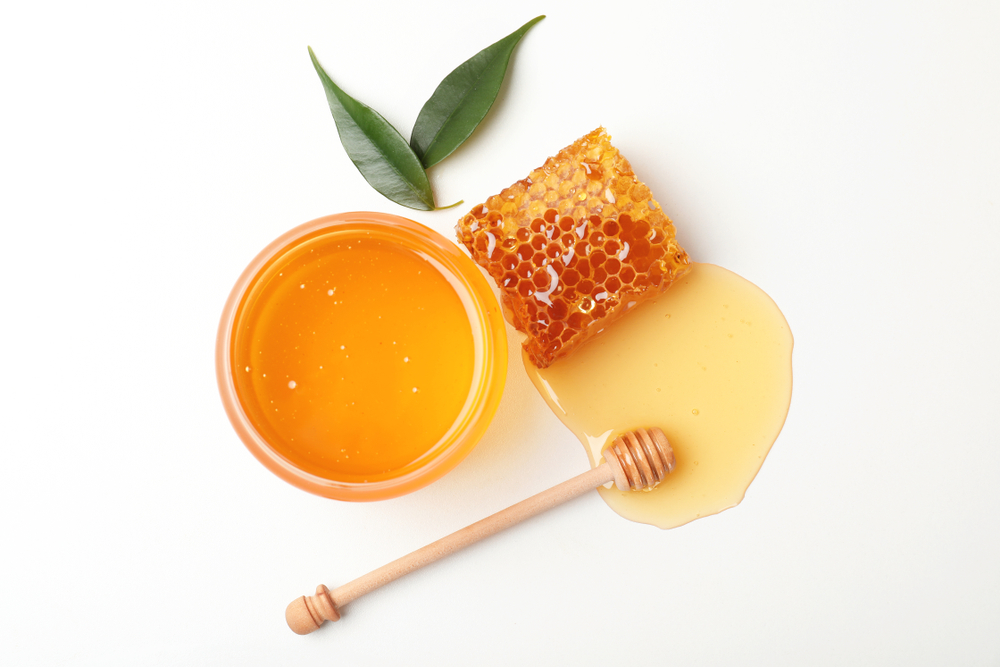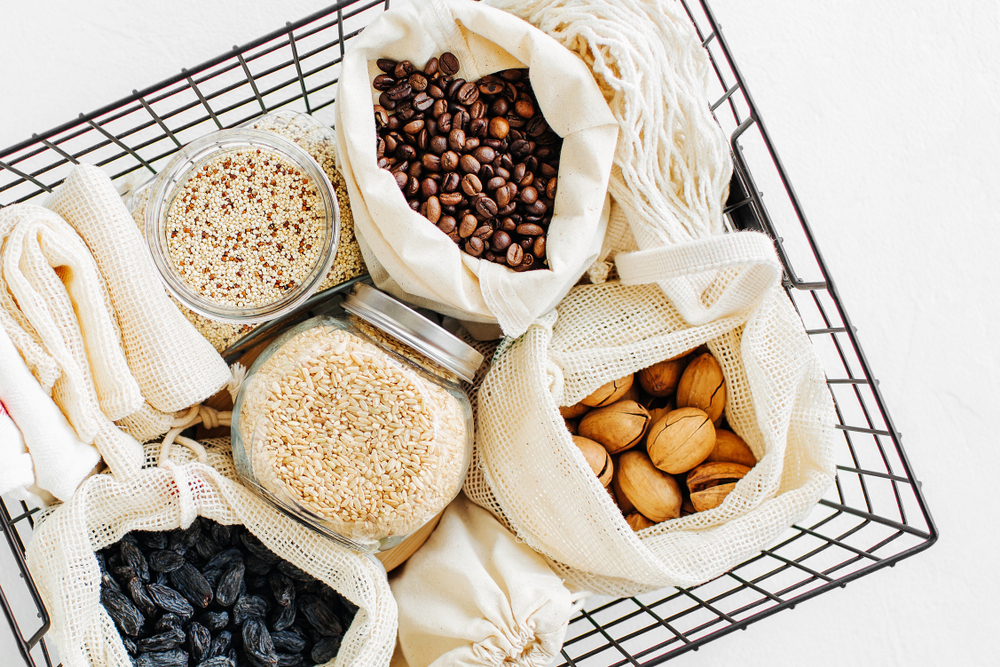As a mead enthusiast, I often get asked the question, “How long does mead last?” Mead is a fermented beverage made from honey and water, and it has been enjoyed for centuries.
The aging process of mead varies from 3 to 36 months, and the alcohol content can range from 3.5% to 20%, depending on the maker. But how long can you keep mead before it goes bad?

Understanding the characteristics of mead is essential to know how long it can last. The shelf life of mead can vary from years to decades if the bottle is unopened.
An open bottle of classic mead can last for a few months while retaining its quality. Lighter meads, on the other hand, deliver great quality but for a shorter period.
It is crucial to store mead properly and recognize the quality and spoilage indicators to ensure that it is still good to drink.
Key Takeaways
- Mead can last for years to decades if the bottle is unopened.
- An open bottle of classic mead can last for a few months while retaining its quality.
- Proper storage and recognizing quality and spoilage indicators are essential to preserving mead.
Understanding Mead
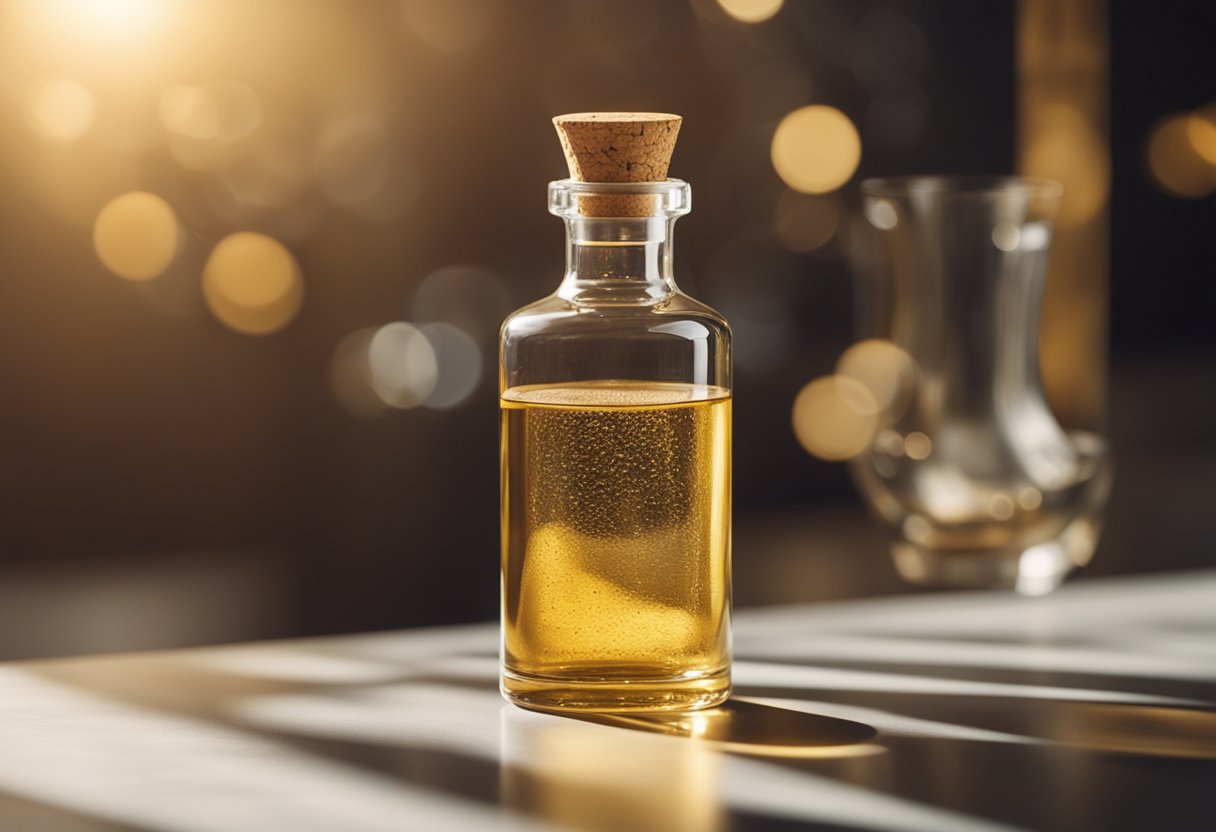
As a fermented drink made from honey, mead has a rich and interesting history. It is often referred to as the “drink of the gods” and has been enjoyed for thousands of years.
Mead is an alcoholic drink that is made by fermenting honey with water and sometimes other ingredients like fruits or spices.
The alcohol content of mead can vary greatly, ranging from 3.5% to 20%, depending on the maker and the aging process. The aging period can vary from 3 to 36 months, and a longer aging period typically results in a higher alcohol content.
Mead has historical significance and has been enjoyed by many cultures throughout history. It is believed to have originated in Africa and spread throughout Europe and Asia.
Mead was a popular drink in medieval times and was often used in ceremonies and celebrations.
Honey is the primary ingredient in mead, and the quality of the honey used can greatly affect the flavor and quality of the final product.
Raw honey is typically used, as it contains natural yeasts that help with the fermentation process.
Mead can be enjoyed in many different forms, ranging from sweet to dry, still to sparkling, and everything in between. It is a versatile drink that can be paired with a variety of foods, including cheese, meats, and desserts.
Overall, mead is a unique and flavorful alcoholic drink with a rich history and cultural significance.
Mead Production
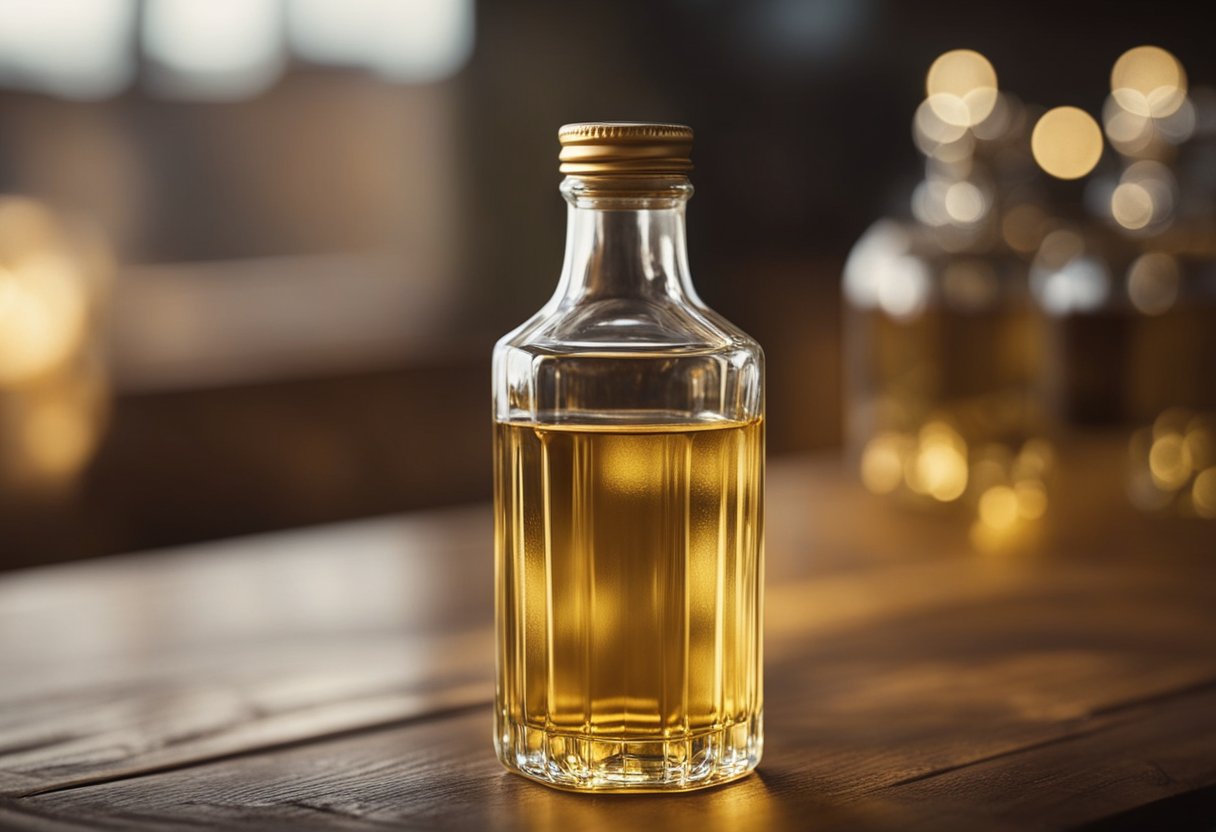
Mead is a fermented alcoholic beverage made from honey, water, and yeast. It is one of the oldest alcoholic beverages known to man, with evidence of its production dating back to ancient times.
Mead is also known as honey wine and is often referred to as the “drink of the gods.”
The production of mead starts with honey, which is the primary ingredient in the beverage. The type of honey used can affect the flavor of the final product.
For example, clover honey produces a mild, sweet flavor, while buckwheat honey produces a more robust, earthy flavor.
Next, water is added to the honey to create a honey solution. The ratio of honey to water used can vary depending on the desired alcohol content and sweetness of the final product.
Classic mead typically has a honey-to-water ratio of 1:3, while some homemade meads can have a ratio as high as 1:1.
Once the honey solution is prepared, yeast is added to start the fermentation process. The yeast consumes the sugars in the honey, producing alcohol and carbon dioxide.
The fermentation process can take anywhere from a few weeks to several months, depending on the desired alcohol content and flavor profile.
During the fermentation process, the mead can be flavored with various ingredients such as fruits, spices, and herbs. This can add complexity and depth to the final product.
After fermentation is complete, the mead is typically aged for several months to allow the flavors to mature and develop. The aging process can take place in a variety of vessels, including oak barrels, stainless steel tanks, and glass bottles.
Overall, the production of mead is a simple yet intricate process that requires careful attention to detail and a deep understanding of the ingredients and fermentation process.
Characteristics of Mead
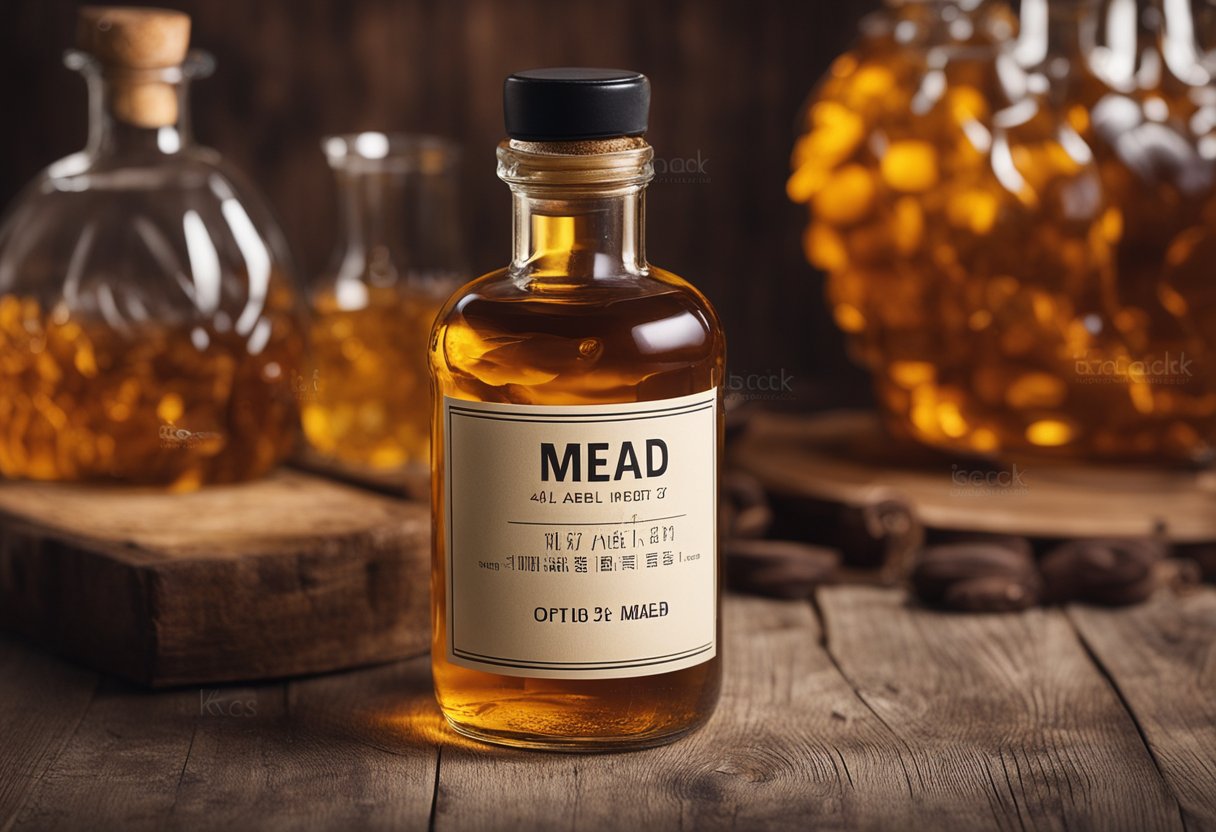
As a mead enthusiast, I can confidently say that mead is a unique and complex drink that offers a wide range of flavors, aromas, and textures. Here are some of the key characteristics of mead:
Taste and Flavor
Mead has a sweet, honey-like taste that is often balanced with a slight bitterness. The flavor of mead can vary greatly depending on the type of honey used, the yeast strain, and any additional ingredients added during the brewing process.
Some meads may have a fruity or floral flavor, while others may be spiced with cinnamon, ginger, or other herbs.
Color
Mead can range in color from pale yellow to dark amber, depending on the type of honey used and the brewing process.
Lighter meads are typically made with lighter-colored honey, while darker meads are made with darker honey.
Smell
Mead has a pleasant, floral aroma that is reminiscent of honey. The aroma can vary depending on the type of honey used and any additional ingredients added during the brewing process.
Alcohol Content
Mead can have a wide range of alcohol content, from as low as 3.5% to as high as 20%. The alcohol content of mead depends on the amount of honey used and the yeast strain used to ferment the honey.
Lighter Meads
Lighter meads are typically made with less honey and have a lower alcohol content. They are often carbonated and have a refreshing, crisp taste.
Classic Meads
Classic meads are made with a higher amount of honey and have a higher alcohol content. They can be still or carbonated and have a rich, complex flavor.
Sparkling Mead
Sparkling mead is carbonated and has a light, effervescent texture. It is often made with lighter honey and has a refreshing, crisp taste.
Texture
Mead can have a range of textures, from light and effervescent to thick and syrupy. The texture of mead depends on the amount of honey used and any additional ingredients added during the brewing process.
Overall, mead is a versatile and complex drink that offers a wide range of flavors, aromas, and textures.
Whether you prefer a light, refreshing mead or a rich, complex classic mead, there is a mead out there for everyone to enjoy.
Storing Mead
As a mead enthusiast, I know that proper storage is crucial to maintain the quality and flavor of the mead. Whether you have an opened or unopened bottle, the right storage conditions can significantly affect the shelf life of mead.
When it comes to storing mead, the first thing to consider is the temperature. Mead is best stored in a cool and dark place, away from direct sunlight.
A wine cellar or a dark pantry is an ideal spot to store mead. Exposure to direct sunlight can lead to premature aging and spoilage of the mead.
Another important factor to consider is the cork. Mead bottles are typically sealed with a natural cork, which can dry out if not stored correctly.
A dry cork can allow air to enter the bottle, leading to oxidation and spoilage of the mead. To prevent this from happening, store the bottle on its side, ensuring that the cork stays moist.
If you have an opened bottle of mead, it’s best to consume it within a few months. However, if you can’t finish the bottle within that time frame, you can store it in the refrigerator.
The cool temperature will slow down the aging process and help preserve the quality of the mead.
When storing an unopened bottle of mead, it’s essential to keep it in a horizontal position. This ensures that the liquid stays in contact with the cork, keeping it moist and preventing air from entering the bottle.
Additionally, storing mead in a cool and dark place can significantly extend its shelf life.
In summary, proper storage conditions are crucial for maintaining the quality and flavor of mead. Keep it in a cool and dark place, store it on its side, and ensure that the cork stays moist.
By following these simple guidelines, you can enjoy your mead for years to come.
Aging Process of Mead
As a mead enthusiast, I know that aging is an essential process for mead. Aging allows the flavors to blend together, and the mead becomes smoother and more refined.
The aging period for mead varies depending on the type of mead and personal preference.
The peak age for mead is subjective, and it varies from person to person. Some people prefer younger meads, while others prefer aged meads.
Generally, meads age well and can be stored for several years. The aging process can range from a few months to several years, depending on the type of mead.
The aging period for mead depends on several factors, including the type of honey used, the alcohol content, and the storage conditions.
The alcohol content of the mead can affect the aging process. Higher alcohol content meads can be aged for longer periods, while lower alcohol content meads are best consumed within a year.
Meads can be aged in different ways, such as in bottles, oak barrels, or stainless steel tanks. Oak barrels can add additional flavors to the mead, such as vanilla or caramel.
Stainless steel tanks are a popular choice for aging mead because they are easy to clean and maintain.
In conclusion, aging is an essential process for mead, and it can greatly improve the flavor and quality of the mead.
The aging period for mead varies depending on the type of mead, personal preference, and storage conditions. Meads can be aged in different ways, such as in bottles, oak barrels, or stainless steel tanks.
Quality and Spoilage Indicators
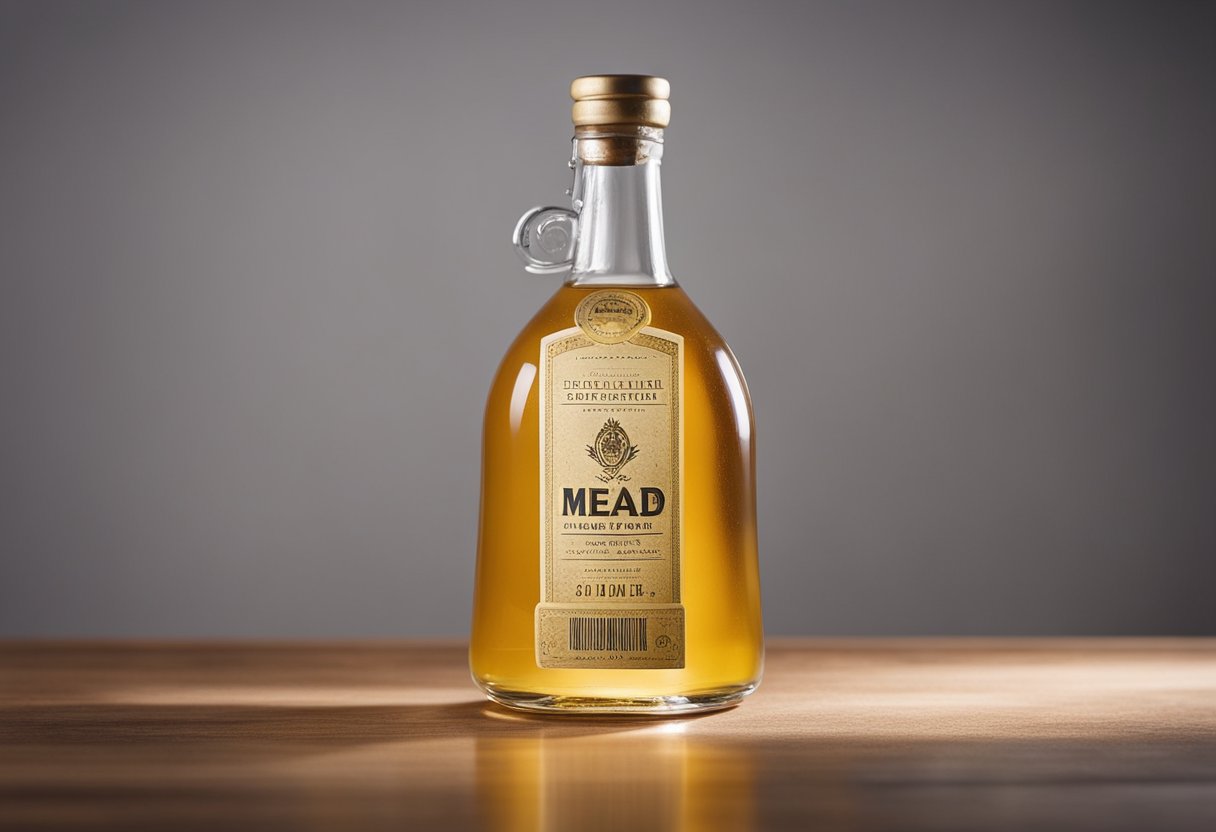
As with any food or drink, mead can spoil over time. It is important to know the indicators of spoilage to ensure that you are consuming a safe and high-quality product.
Taste and Flavor
One of the easiest ways to tell if mead has gone bad is by its taste and flavor. If the mead has a bitter taste or an off-flavor, it may have spoiled. Additionally, if the mead has lost its sweetness or has become overly sweet, it may have gone bad.
Smell
Another indicator of mead spoilage is its smell. If the mead has a bad odor or a rancid smell, it may have gone bad.
A rancid aroma can indicate that the mead has oxidized, which can happen if the mead has been exposed to air for too long.
Color Change and Cloudiness
Mead should have a clear, golden color. If the mead has become cloudy or has changed color, it may have gone bad. Cloudiness can indicate that the mead has begun to ferment again, which can lead to spoilage.
Taste Test
If you are unsure whether your mead has gone bad, you can always perform a taste test. Take a small sip of the mead and pay attention to its taste, flavor, and smell. If it tastes off or has a bad odor, it may have gone bad.
In summary, there are several indicators of mead spoilage, including changes in taste, flavor, smell, color, and cloudiness. If you suspect that your mead has gone bad, it is best to err on the side of caution and dispose of it.
Does Mead Go Bad
As a mead enthusiast, I often get asked this question: does mead go bad? The answer is yes, mead can go bad if not stored and handled properly.
Spoiled mead can be undrinkable and even lead to food poisoning.
Mead can spoil due to various factors, including contamination, oxidation, and improper storage. Contamination can occur during the brewing process or after bottling, leading to the growth of bacteria, yeast, or mold.
Oxidation can cause mead to lose its flavor and aroma, making it taste stale and unpleasant. Improper storage can also affect the quality of mead, causing it to spoil or age prematurely.
Spoiled mead can have various signs, including cloudiness, off-color, strange odor, and bitter taste. If you notice any of these signs, it’s best to discard the mead.
Drinking spoiled mead can cause food poisoning, which can lead to symptoms such as nausea, vomiting, diarrhea, and abdominal pain.
To prevent mead from spoiling, it’s essential to store it properly. Mead should be kept in a cool, dark place, away from direct sunlight, heat, and humidity.
The ideal temperature for storing mead is between 50 and 70 degrees Fahrenheit. Mead should also be stored in airtight containers or bottles to prevent oxidation and contamination.
In conclusion, mead can go bad if not stored and handled properly. Spoiled mead can be undrinkable and even lead to food poisoning.
To prevent mead from spoiling, it’s essential to store it properly and discard any mead that shows signs of spoilage.
Preserving Mead

As a mead enthusiast, I know that mead is a delicate beverage that requires proper storage to maintain its quality and flavor. Here are some tips on how to preserve mead:
Refrigeration
Mead can be stored in the refrigerator to prolong its shelf life. An unopened bottle of mead can last for up to four to five years in the fridge.
Once opened, mead should be consumed within a week or two, depending on the type of mead. Lighter meads tend to have a shorter shelf life than heavier ones.
Freezing
Mead can be frozen to extend its shelf life, but there are some caveats. Freezing can change the texture and flavor of mead, so it’s not recommended for high-quality meads.
If you must freeze your mead, make sure to do it in an airtight container to prevent freezer burn. Thaw the mead slowly in the refrigerator before consuming.
Oxygen Exposure
Mead can spoil quickly if exposed to oxygen. Make sure to keep the bottle tightly sealed when storing it. If you’re transferring mead to a different container, make sure the container is clean and sanitized to prevent contamination.
Infected Mead
Mead can become infected with bacteria or wild yeast, which can ruin the flavor and quality. To prevent infection, make sure to sanitize all equipment and containers before using them.
Use preservatives like sulfites or potassium sorbate to prevent bacterial growth.
In conclusion, mead can be preserved for a long time if stored properly. Refrigeration is the best option for storing mead, but freezing can be an option if done correctly.
Oxygen exposure and bacterial infection are the main culprits for mead spoilage, so make sure to keep your equipment and containers clean and sanitized.
Health and Nutritional Benefits

As a fermented beverage made from honey, mead has several health and nutritional benefits. Here are some of the benefits of drinking mead:
Gluten-Free
Mead is gluten-free, making it a safe option for people with gluten sensitivities or celiac disease. Unlike beer, which is made from barley and contains gluten, mead is made from honey and does not contain any gluten.
Nutritional Benefits
Mead is made from honey, which is a natural sweetener and a good source of antioxidants. Antioxidants help protect your cells from damage caused by free radicals, which can lead to chronic diseases such as cancer and heart disease.
Mead also contains trace amounts of vitamins and minerals, including vitamin C, calcium, and potassium. While these nutrients are present in small amounts, they can contribute to overall health and well-being.
Health Benefits
Studies have shown that mead may have several health benefits. For example, honey has antibacterial properties and can help fight infections. Drinking mead may also help boost the immune system and reduce inflammation in the body.
Additionally, mead has been shown to have a positive effect on gut health. The probiotics in mead can help promote a healthy balance of bacteria in the gut, which can improve digestion and overall health.
Overall, mead is a delicious and nutritious beverage that can offer several health benefits. As with any alcoholic beverage, it should be consumed in moderation.
Label Interpretation
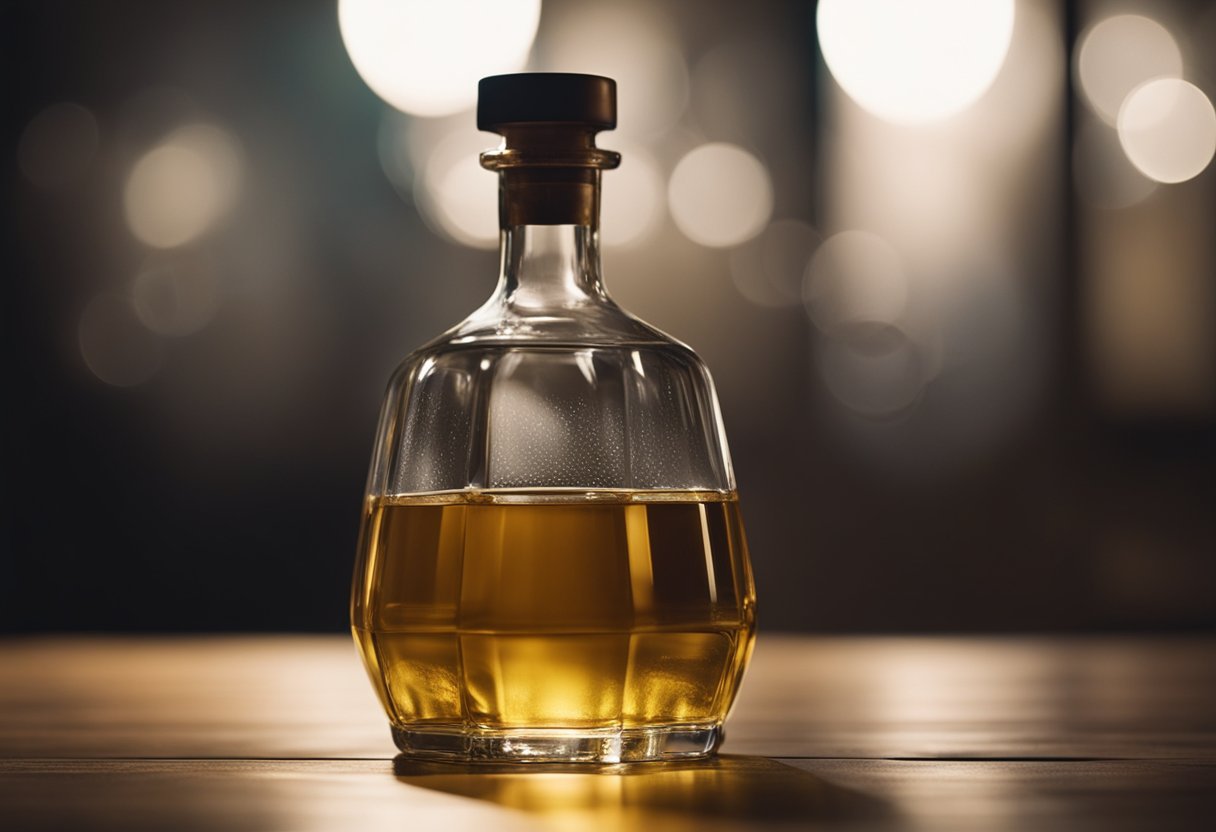
When it comes to determining the shelf life of mead, one of the most important things to consider is the label on the bottle. Here are some key things to look for when interpreting a mead label:
ABV
The alcohol content of mead can vary greatly, ranging from 3.5% to 20%. This means that the shelf life of mead can also vary depending on the ABV.
Generally, the higher the alcohol content, the longer the mead will last. Higher ABV meads also tend to age better, allowing for longer storage times.
Best-Before Date
Many meads will have a “best-before” date printed on the label. This is the date by which the mead maker recommends consuming the mead for optimal taste and quality.
It is important to note that this date is not an expiry date, and the mead may still be safe to consume after this date.
Storage Recommendations
Mead labels may also include recommendations for how to store the mead. This can include instructions to store the mead in a cool, dark place or to store it upright rather than on its side.
Following these recommendations can help to extend the shelf life of the mead and maintain its quality.
Expiry Dates
Unlike many other food and drink products, mead does not typically have an expiry date. Instead, the shelf life of mead depends on a variety of factors, including the ABV, storage conditions, and the type of mead.
While mead can technically last for years or even decades if stored properly, it may begin to lose its flavor and quality over time.
Overall, interpreting a mead label can provide valuable information about the shelf life and quality of the mead.
By paying attention to the ABV, best-before date, and storage recommendations, you can ensure that your mead stays fresh and delicious for as long as possible.
Related posts:
Frequently Asked Questions
How long does mead last once opened?
Once opened, mead can last for 1-5 days if stored properly. It is important to keep the mead in the fridge and tightly sealed to help preserve its flavor and prevent spoilage.
How long does Viking Blod last?
Viking Blod is a type of mead that is typically made with honey, hops, and hibiscus. Like other types of mead, Viking Blod can last for several years if stored properly.
An unopened bottle of Viking Blod can be stored for 4 to 5 years, while an opened bottle can last for 1-5 days if stored in the fridge.
Does mead get better with age?
Mead can improve with age, but it ultimately depends on the type of mead and how it was made. Some meads are meant to be consumed fresh, while others can be aged for several years.
Generally, a well-made mead can improve in flavor and complexity over time, but it is important to store it properly to prevent spoilage.
How to tell if mead has gone bad?
Mead can go bad if it is not stored properly or if it is past its expiration date. Signs that mead has gone bad include a sour or vinegar-like smell, a cloudy appearance, or an off taste.
If you notice any of these signs, it is best to discard the mead.
How should mead be served?
Mead can be served at room temperature or chilled, depending on personal preference. It is often served in a wine glass or a traditional mead cup. Some meads are best enjoyed on their own, while others pair well with certain foods.
Do you need to refrigerate mead after opening?
Yes, it is recommended to refrigerate mead after opening to help preserve its flavor and prevent spoilage. Mead should be stored in the fridge and tightly sealed to prevent air from getting in and oxidizing the mead.






